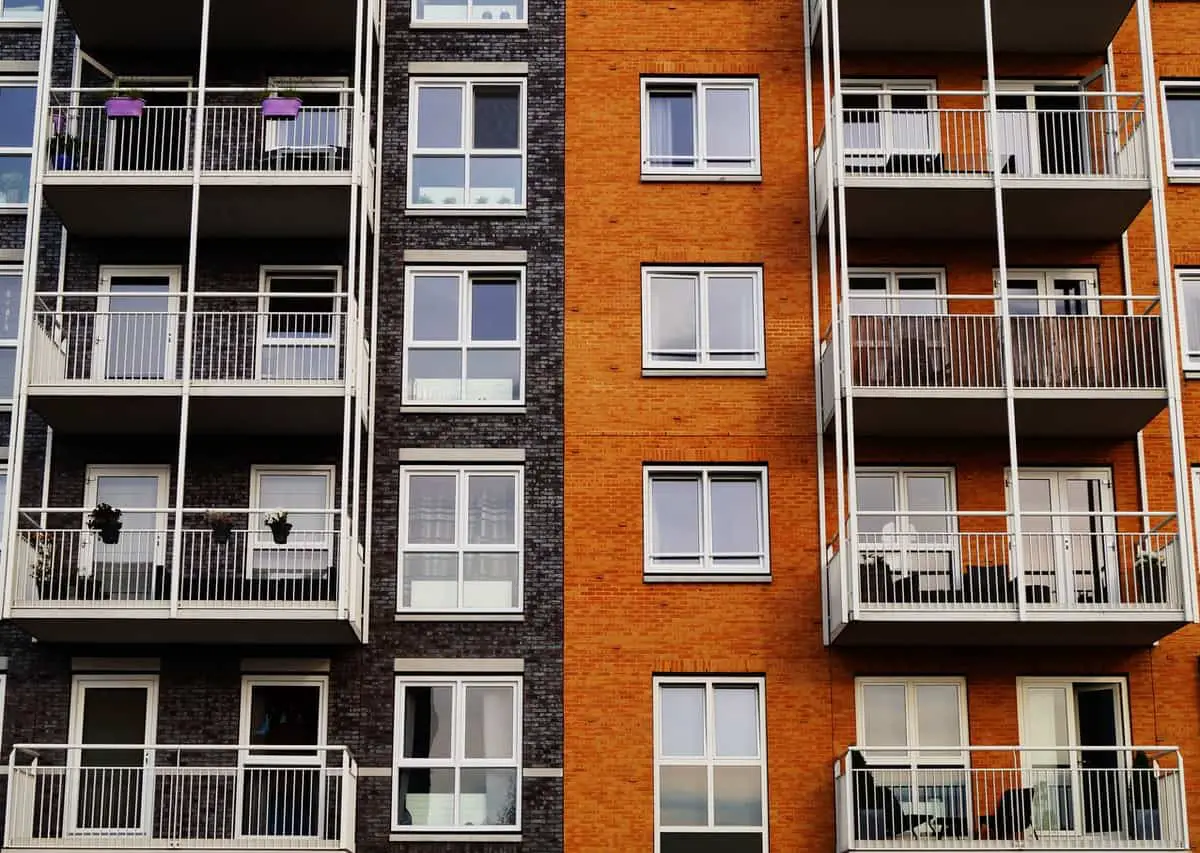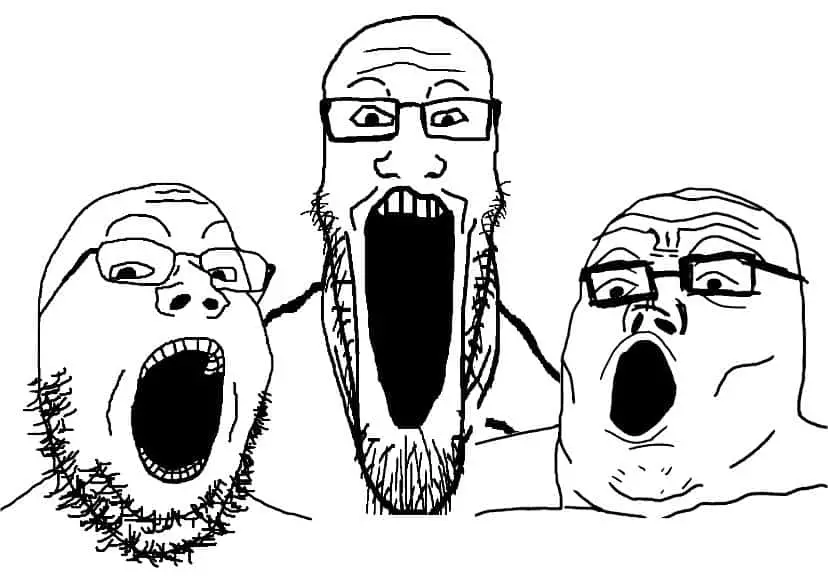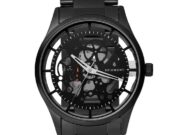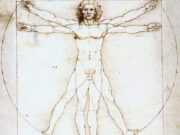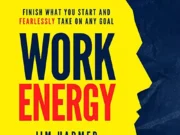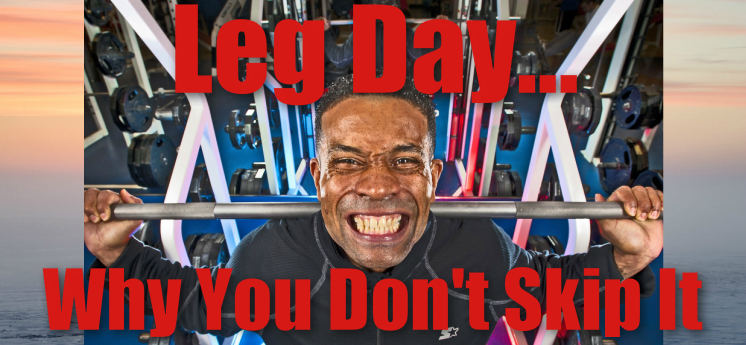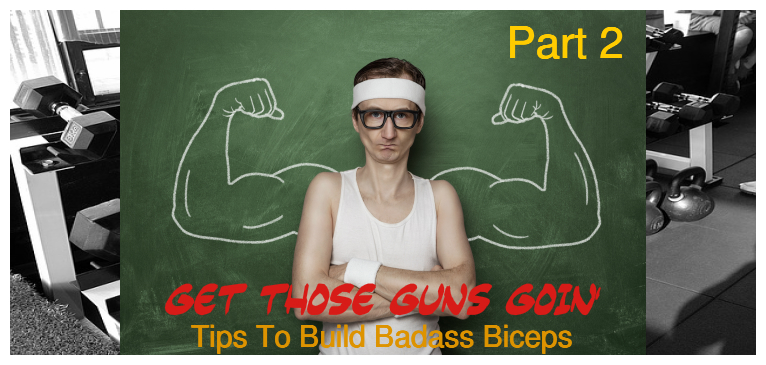If you’ve been to the gym recently, you may still remember that stinging, burning sensation you felt the next day. It’s one for the things that stops a lot of people from going back fro another session. This feeling is called DOMS, or delayed onset muscle soreness. While the cause of DOMS is not certain, the most common theory is that it’s caused by muscular microtrauma (tiny muscle tears) occurring during a workout.
It doesn’t discriminate either, you’re likely to experience some DOMS if you are young or old, just starting out on your fitness journey or been hiting the gym for most of your life. However, DOMS is not an untameable beast, and there are many things you can do to help reduce the soreness in the days after a workout. Here are three such ways you can decrease delayed onset muscle soreness in the days after a workout:

- Use a foam roller
Whether at home or at your gym – using a foam roller is a great idea to help alleviate soreness that can occur after a workout. Using a foam roller routinely after working out will help relax your tight muscles and help prevent DOMS the next day. A foam roller can also be used the next day or any time you’re feeling sore.
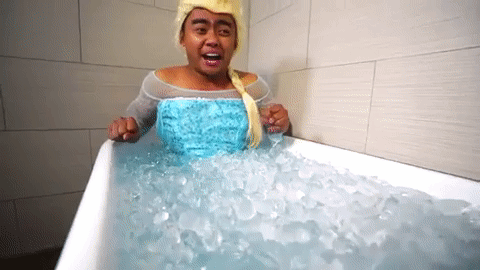
2. Alternate between hot water and cold water in a shower or a bath
Shifting between hot and cold water in a shower can help reduce muscle soreness by getting the blood moving to your sore muscles faster. Hot water tends to open up the blood vessels in a body part whereas cold water tends to do the opposite. Shifting between the two while you’re taking your post-workout shower can help increase the overall blood flow to your muscles and help you feel less sore faster.
If you have the time what’s even better is to…
… immerse yourself in a hot bath. Hot water not only relaxes your muscles after an intense workout, it dialtes your blood vessels promoting blood flow and circulation. You’ll need to stay in the water for a wjile but that nor a bad thing, right.
Then there’s the opposite. An ice bath – if you dare. Many athletes use ice baths after training and competition to reduce inflammation and swelling, and therefore reducing delayed onset muscles soreness. As to whether or not it works ot reduce DOMS the jury is still out, but as it reduces swelling it’s entirely possible that it does. It’s not for everyone though and you need to be aware of the effect that plunging yourself under ice cold water can have on your body, particularly the torso reflex

3. Workout consistently
Differences between your workout intensities can severely worsen the DOMS you get from a workout. If you’ve been slacking off the past few weeks and suddenly start going to the gym regularly again you’re going to have a lot more soreness than you would’ve if you had kept the consistency. Try to workout consistently and try to keep up the intensity of your workouts.
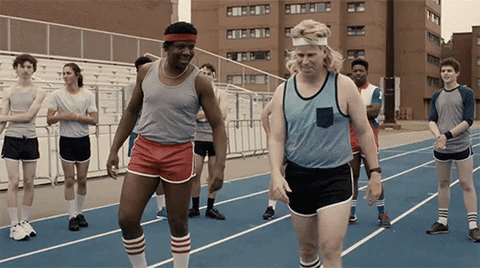
4. Prepare your body with a good warm up AND a cool down
A good warm up is essential, so before you pick up a single weight, you need to loosen up. get on the stationary bike or walk on the treadmill for a good 10 minutes. You want to increase blood flow to your muscles, start to feel warm and raise your heart rate a bit in preperation for what’s to come. Doing a good warm up will reduce DOMS significantly.
Have a cool down period at the end of your session as well to lower your heart rate and to start cooling down. it’s a good idea to include some static stretching as well during your cool down. The stretching will help to increase your flexibilty and reduce the chance of injury for your next session.
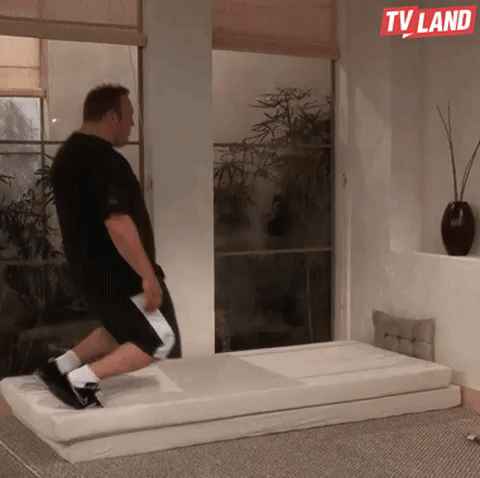
5. Sleep – Catch enough Zzzzz’s
Make sure you get enough sleep. Sleep not only is the time when your muscles will grow in response to your training, it’s a powerful remedy for the treatment of DOMS. As you sleep your body produces the human growth hormone chemicals during “deep sleep” and it’s these that will help to reduce soreness.
You should be aiming for 7 to 8 hours of sleep so your body can adapt, restore and rebuild after training. Sleep is instrumental to building muscle, losing fat and recovering from injury. Make sure you’re getting enough!
While delayed onset muscle soreness is usually an inevitability after a hard workout, these tips can definitely help alleviate a good amount of the pain and suffering associated with it. Remember that even though you may feel sore after a workout, the soreness is temporary and with proper self-care, most of the pain can be avoided.





